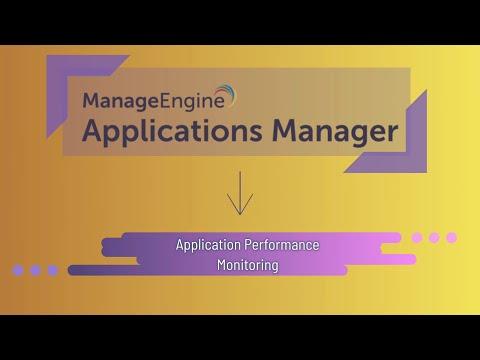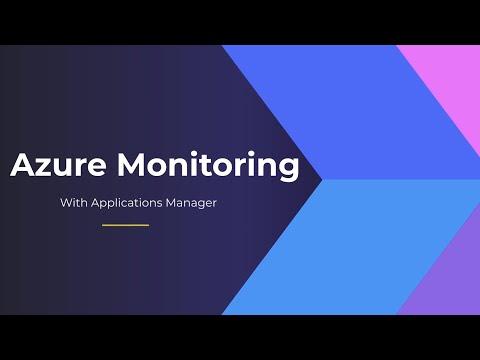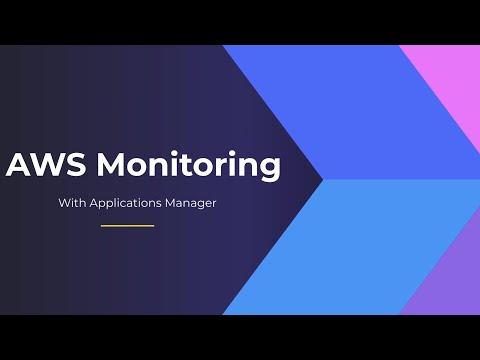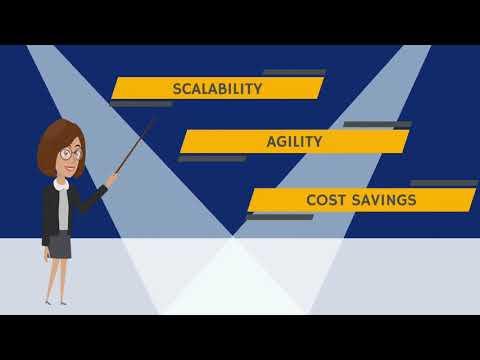SolarWinds announced the launch of SolarWinds® AI to empower tech pros to manage the complexities of modern digital environments.
The purpose-built generative AI engine was developed using the company’s newly unveiled AI by Design framework to help ensure privacy, security, and reliability in developing advanced AI technologies.
SolarWinds AI is first being introduced in SolarWinds Service Desk, the company’s IT service management (ITSM) solution for improving IT outcomes, service delivery, and employee satisfaction. SolarWinds AI powers a transformative new generative AI feature in Service Desk, designed to supercharge agent workflows and facilitate empowered, high-performing IT teams to resolve tickets in minutes rather than hours or days. This accelerated remediation process helps create a world-class experience for employees across the organization by minimizing downtime and outages.
Powered by large language models (LLMs) and proprietary algorithms, SolarWinds AI in Service Desk instantly summarizes complex ticket histories, provides suggested agent responses to inquiries, and generates real-time recommended steps for resolving issues. The company also plans to introduce SolarWinds AI throughout its suite of observability and IT management solutions, adding a new digital partner for DevOps, SecOps, database teams, and beyond.
“In creating SolarWinds AI, we leveraged our long history of engaging with the IT community to build an AI system that could act as a valued partner to IT pros in their everyday lives and reimagine the productivity, efficiency, and innovation they’re capable of,” said Krishna Sai, SVP of Engineering at SolarWinds. “We believe that our new AI by Design framework sets a model for how the broader industry should approach AI, built on our belief that privacy, security, and trust must be inherent to any AI system.
AI by Design is a rigorous framework for creating secure, productive, and enduring AI-driven solutions, guided by four key principles:
- Privacy and Security: To help ensure unparalleled data safety, SolarWinds AI is designed to secure personal data collection, storage, use, and protection through robust measures, like role-based access control (RBAC), multi-factor authentication (MFA), privileged access management (PAM), and anonymization techniques. Sensitive customer data does not pass through external large language models (LLMs), and SolarWinds AI improves based on usage patterns and organizational needs without compromising data privacy.
- Accountability and Fairness: SolarWinds AI proactively includes humans in training and testing to oversee AI-guided decision-making processes to avoid biases. It captures and addresses negative user experiences through robust feedback and validation mechanisms, ensuring that human judgment plays a crucial role throughout the AI lifecycle.
- Transparency and Trust: To provide confidence in the outcomes of AI-driven processes, SolarWinds AI features a well-defined explainability pipeline to demonstrate the rationale behind AI-generated actions. This enables continuous refinement based on the customers’ evolving needs and helps demystify the process for AI decisions and outputs.
- Simplicity and Accessibility: SolarWinds AI is built into the company’s user-friendly product interfaces to help ensure the continuation of regular workflows and existing user procedures, behaviors, and practices.
The Latest
Broad proliferation of cloud infrastructure combined with continued support for remote workers is driving increased complexity and visibility challenges for network operations teams, according to new research conducted by Dimensional Research and sponsored by Broadcom ...
New research from ServiceNow and ThoughtLab reveals that less than 30% of banks feel their transformation efforts are meeting evolving customer digital needs. Additionally, 52% say they must revamp their strategy to counter competition from outside the sector. Adapting to these challenges isn't just about staying competitive — it's about staying in business ...
Leaders in the financial services sector are bullish on AI, with 95% of business and IT decision makers saying that AI is a top C-Suite priority, and 96% of respondents believing it provides their business a competitive advantage, according to Riverbed's Global AI and Digital Experience Survey ...
SLOs have long been a staple for DevOps teams to monitor the health of their applications and infrastructure ... Now, as digital trends have shifted, more and more teams are looking to adapt this model for the mobile environment. This, however, is not without its challenges ...
Modernizing IT infrastructure has become essential for organizations striving to remain competitive. This modernization extends beyond merely upgrading hardware or software; it involves strategically leveraging new technologies like AI and cloud computing to enhance operational efficiency, increase data accessibility, and improve the end-user experience ...
AI sure grew fast in popularity, but are AI apps any good? ... If companies are going to keep integrating AI applications into their tech stack at the rate they are, then they need to be aware of AI's limitations. More importantly, they need to evolve their testing regiment ...
If you were lucky, you found out about the massive CrowdStrike/Microsoft outage last July by reading about it over coffee. Those less fortunate were awoken hours earlier by frantic calls from work ... Whether you were directly affected or not, there's an important lesson: all organizations should be conducting in-depth reviews of testing and change management ...
In MEAN TIME TO INSIGHT Episode 11, Shamus McGillicuddy, VP of Research, Network Infrastructure and Operations, at EMA discusses Secure Access Service Edge (SASE) ...
On average, only 48% of digital initiatives enterprise-wide meet or exceed their business outcome targets according to Gartner's annual global survey of CIOs and technology executives ...
Artificial intelligence (AI) is rapidly reshaping industries around the world. From optimizing business processes to unlocking new levels of innovation, AI is a critical driver of success for modern enterprises. As a result, business leaders — from DevOps engineers to CTOs — are under pressure to incorporate AI into their workflows to stay competitive. But the question isn't whether AI should be adopted — it's how ...







